Fireplace
Fireplace

Fireplaces
Structure designed to safely contain a fire, which can be freestanding or built into the architecture of a dwelling. Fireplaces were the home’s focal point of the living room which residents gathered around for warmth and comfort.
Types of Fireplaces
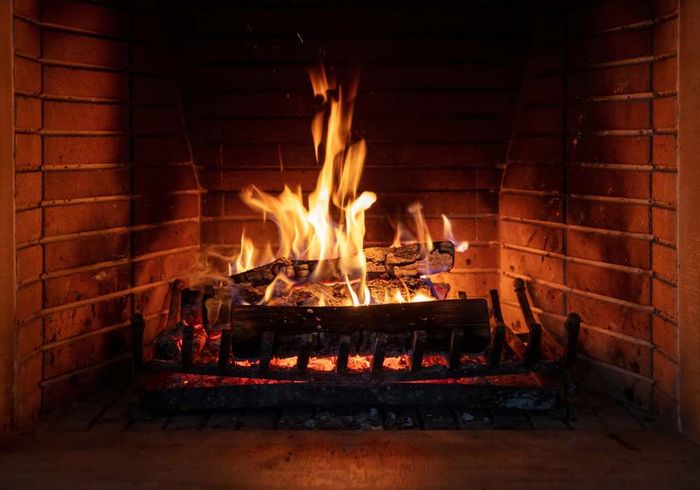
Wood-Burning Fireplace
Classic wood-burning fireplaces provide heat, cozy ambiance, and nostalgia. These traditional fireplaces burn wood to create the irreplaceable multi-sensory experience of a crackling fire with that distinct, smoky aroma. Wood fireplace owners may need to hire a professional chimney sweep to clean the flammable creosote buildup, a residue from burnt wood, so that it doesn't catch fire. This option is also the least efficient of the fuel choices and releases the most pollutants into the house and atmosphere. Housefires are always a risk with this type, even if you follow all the fireplace safety tips, so it's imperative to install smoke alarms and keep an extinguisher on hand.

Gas Fireplace
Gas fireplaces are inexpensive, energy-efficient alternatives to wood-burning fireplaces. Like wood-burning fireplaces, many gas options use a firebox and chimney to burn and ventilate natural gas. You can usually insert this easy-to-install alternative into an existing fireplace or purchase a freestanding model. Gas fireplaces don’t have as many environmental hazards as their wood-burning counterparts and can heat a house more efficiently while providing the ambiance of a real flame. One drawback is you need a gas line for this fireplace. There is also a small risk that this fuel source releases too much carbon monoxide, which is why it requires special safety sensors and carbon monoxide detectors.
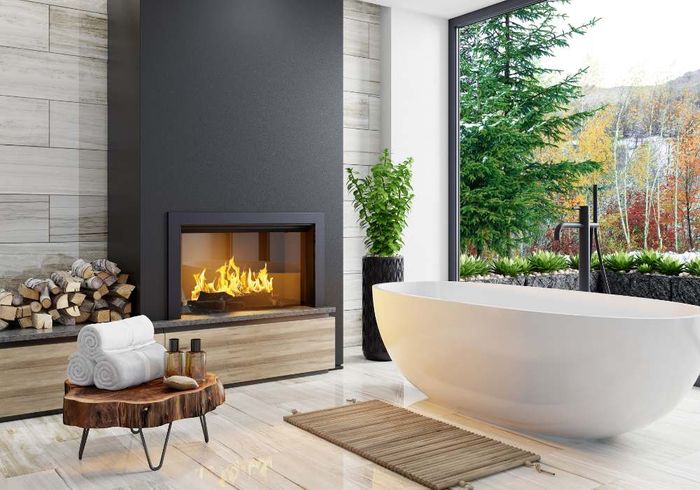
Electric
Flameless electric fireplaces are a cost-effective option that you can plug into the wall. This type uses coils and a fan to distribute heat and usually includes a flickering fake flame to replicate the look of a traditional fireplace. With a flip of a switch, the flame ignites—no kindling required. Since they are ventless, this fireplace option can be affordable to install—and some models are even portable. An electric fireplace produces the least amount of heat of all options, making these models popular in warm climates where people might want the ambiance of a fireplace without the heat.
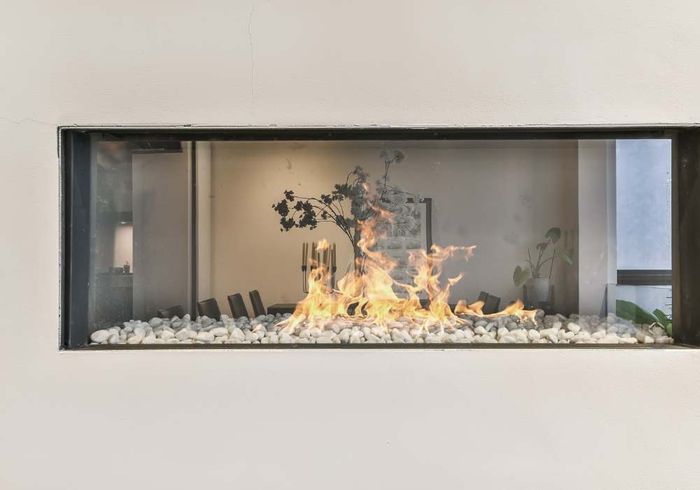
Ethanol
This environmentally-friendly alternative burns ethanol in a container to create a real flame. Since ethanol burning does not produce any smoke, ventilation is not required. This fuel source is distinct because it is the only style that allows you to pour the ethanol fuel directly into it. This feature makes this fuel source optimal for creative designs or modern fireplaces, such as table-top fireplaces. Ethanol fireplaces, however, don’t produce much heat.
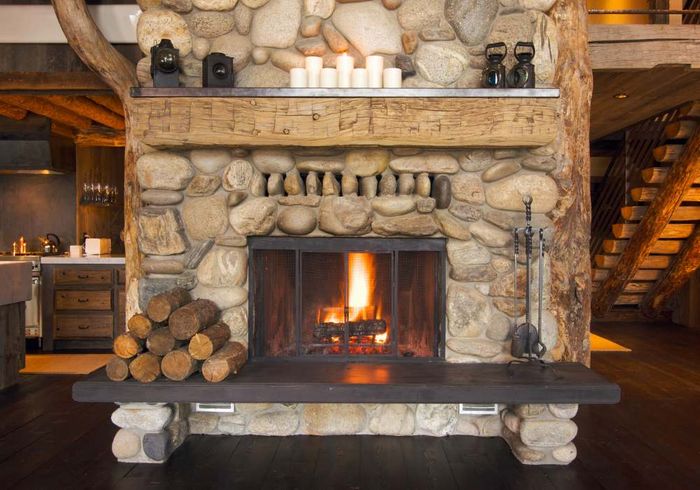
Pellet Fireplace
These fireplaces burn compressed wood pellets, offering a cleaner and more efficient alternative to traditional wood-burning fireplaces. They typically require electricity to operate and have automatic feeding mechanisms for the pellets.
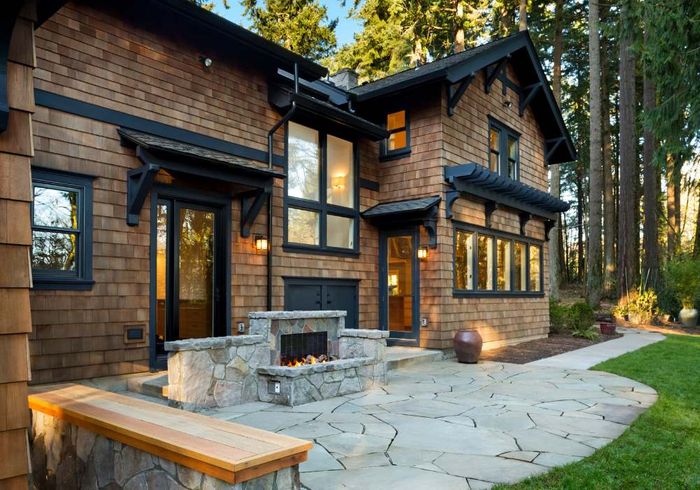
Outdoor Fireplace
Designed for outdoor spaces, these fireplaces come in various styles and fuel options, such as wood, gas, or ethanol. They provide warmth and ambiance for outdoor gatherings and can be freestanding or built into a structure.
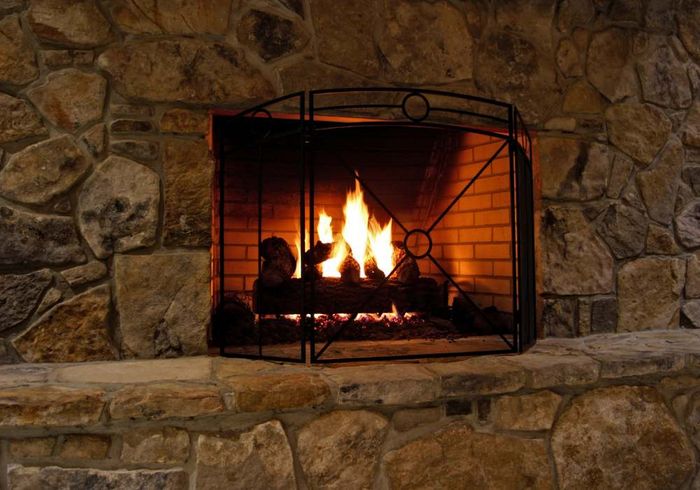
Masonry Fireplace
These are traditional, custom-built fireplaces constructed from bricks, stones, or other masonry materials. They can accommodate various fuel types and are often tailored to complement the architectural style of the home.
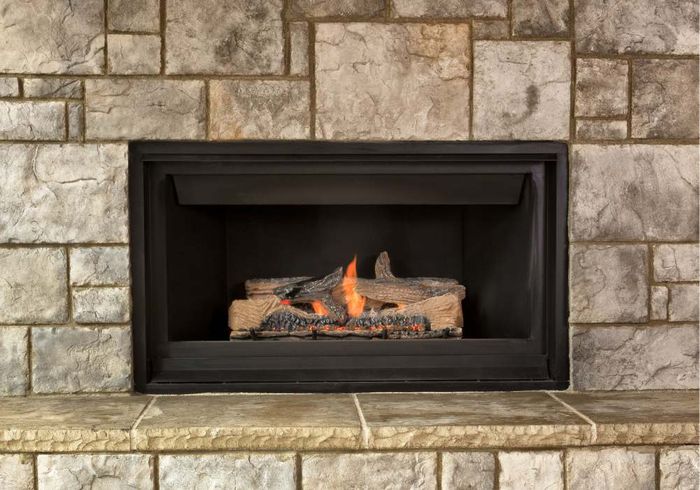
Insert Fireplace
Fireplace inserts are installed into existing fireplaces to improve efficiency and aesthetics. They can be wood, gas, or electric inserts and come in various sizes to fit different fireplace openings.
